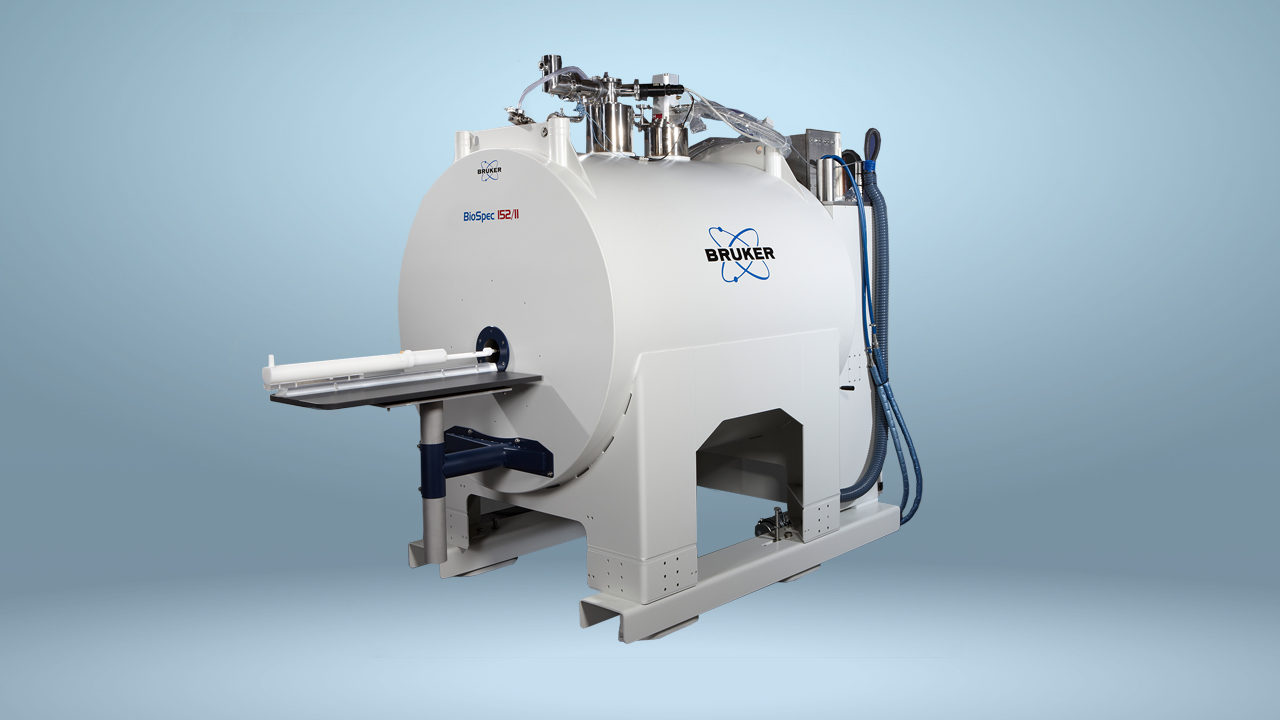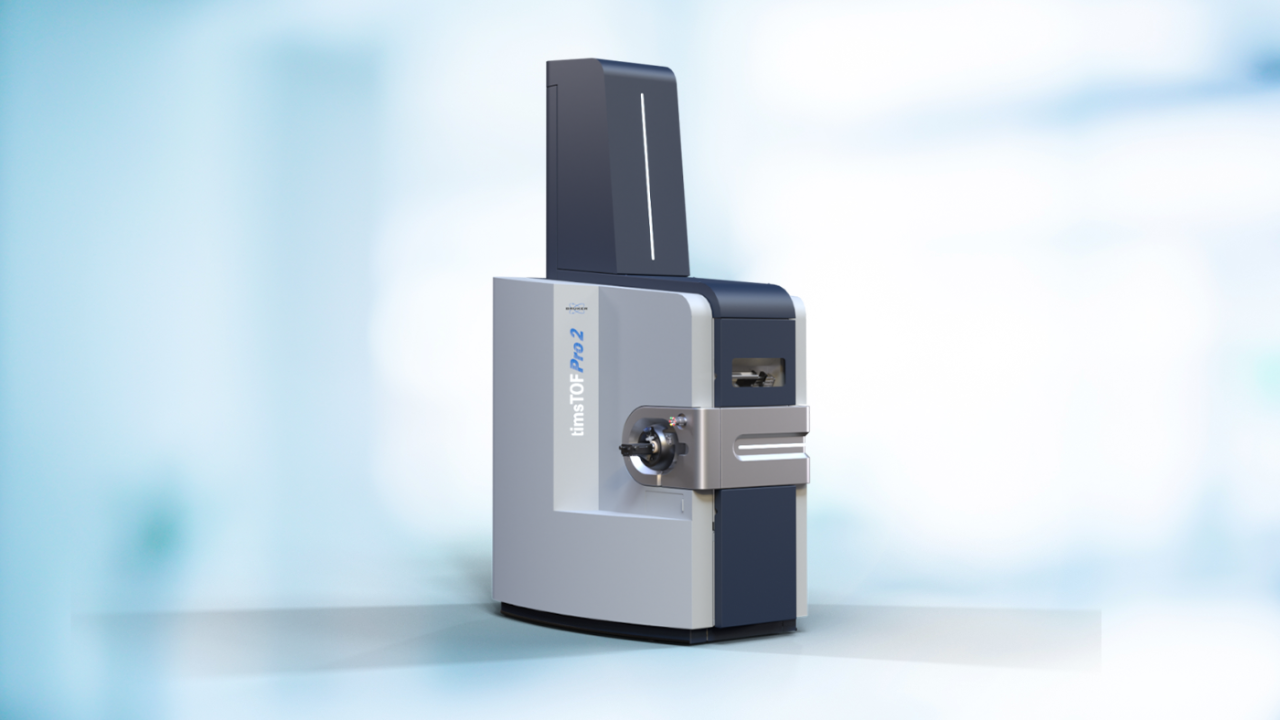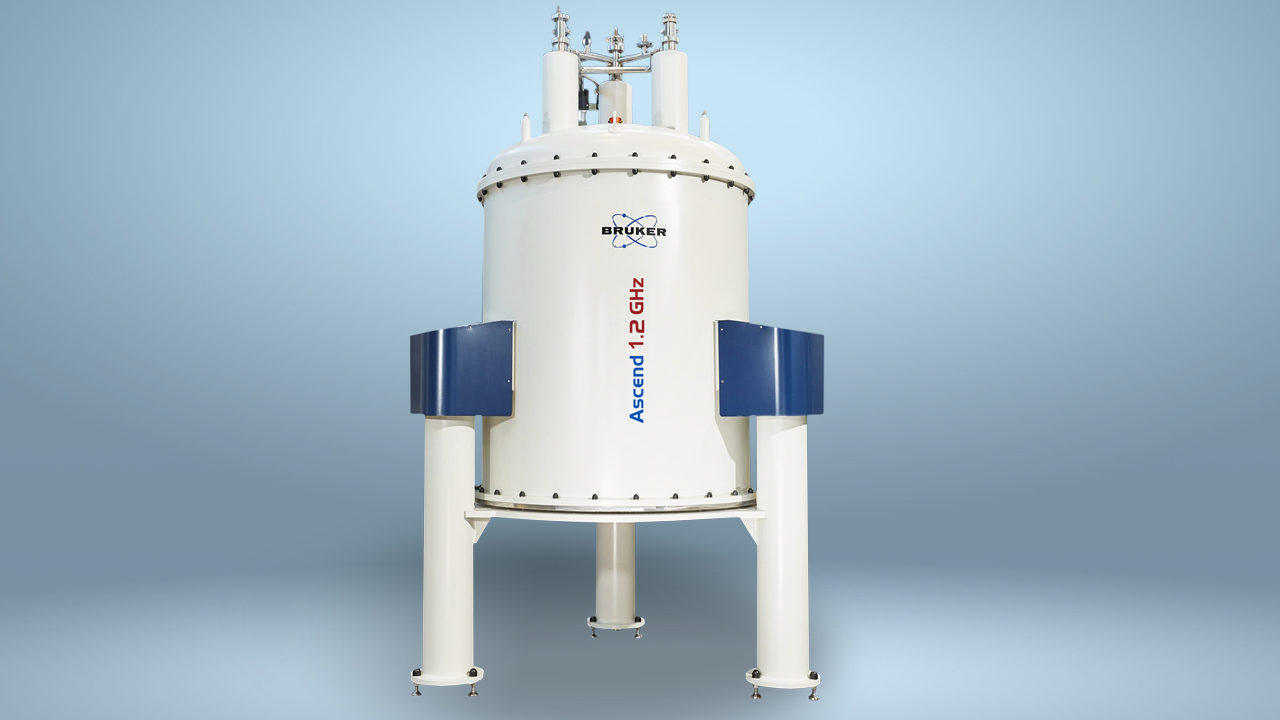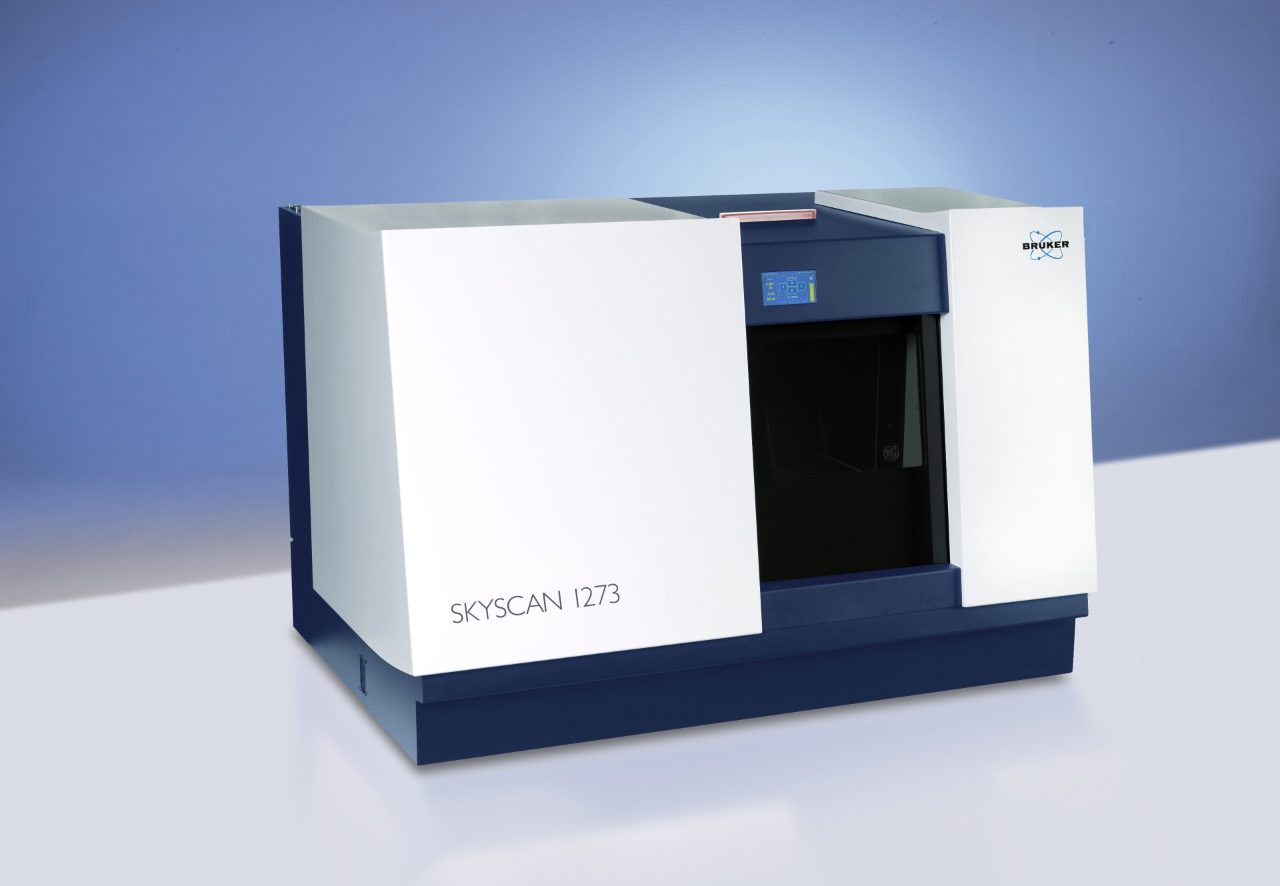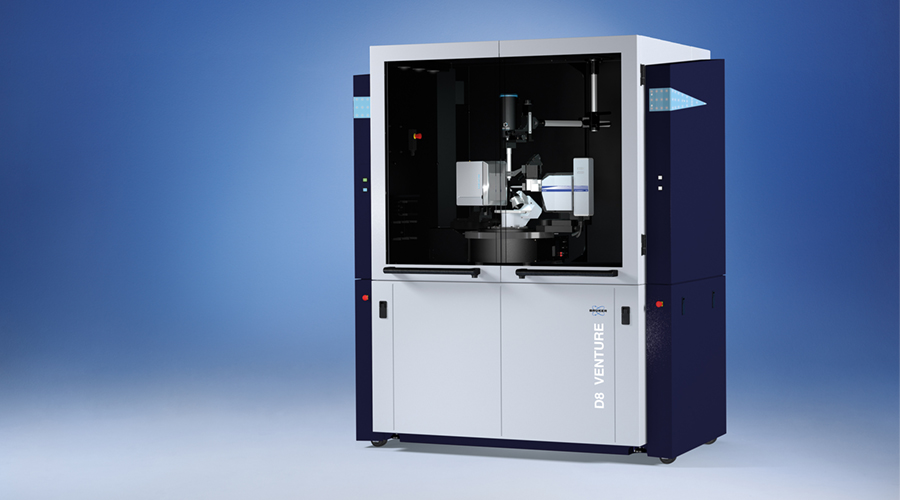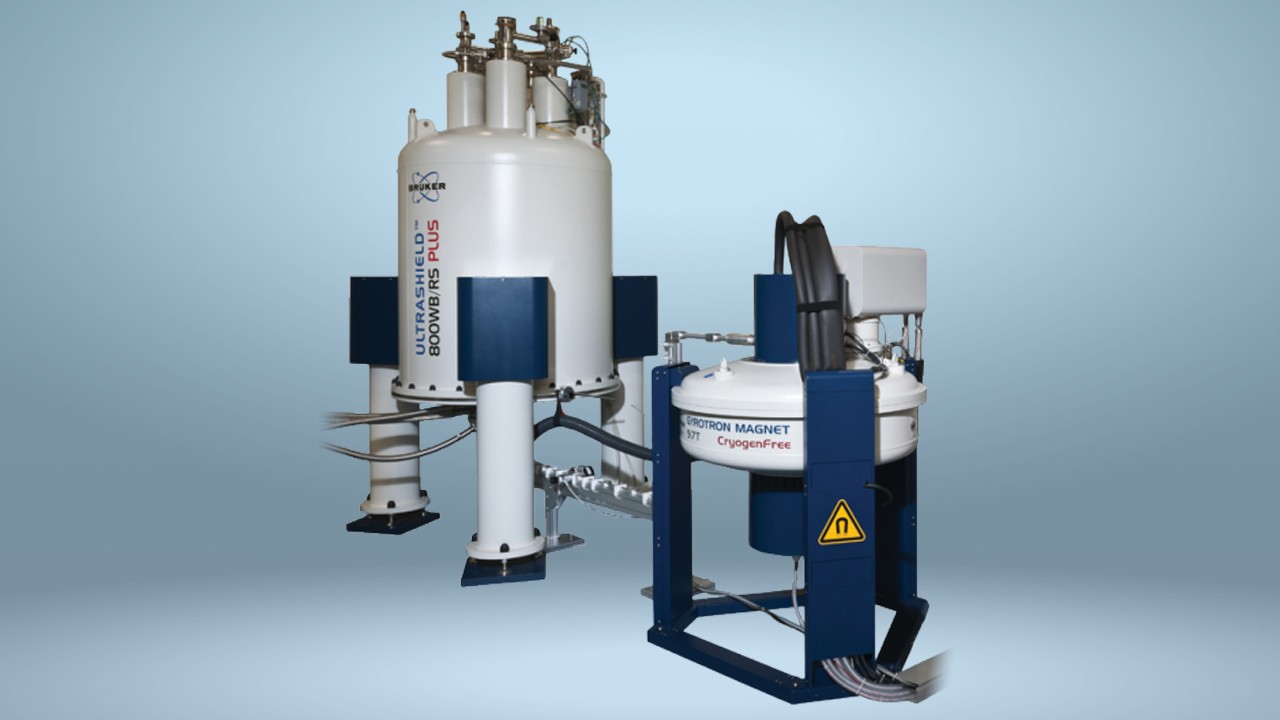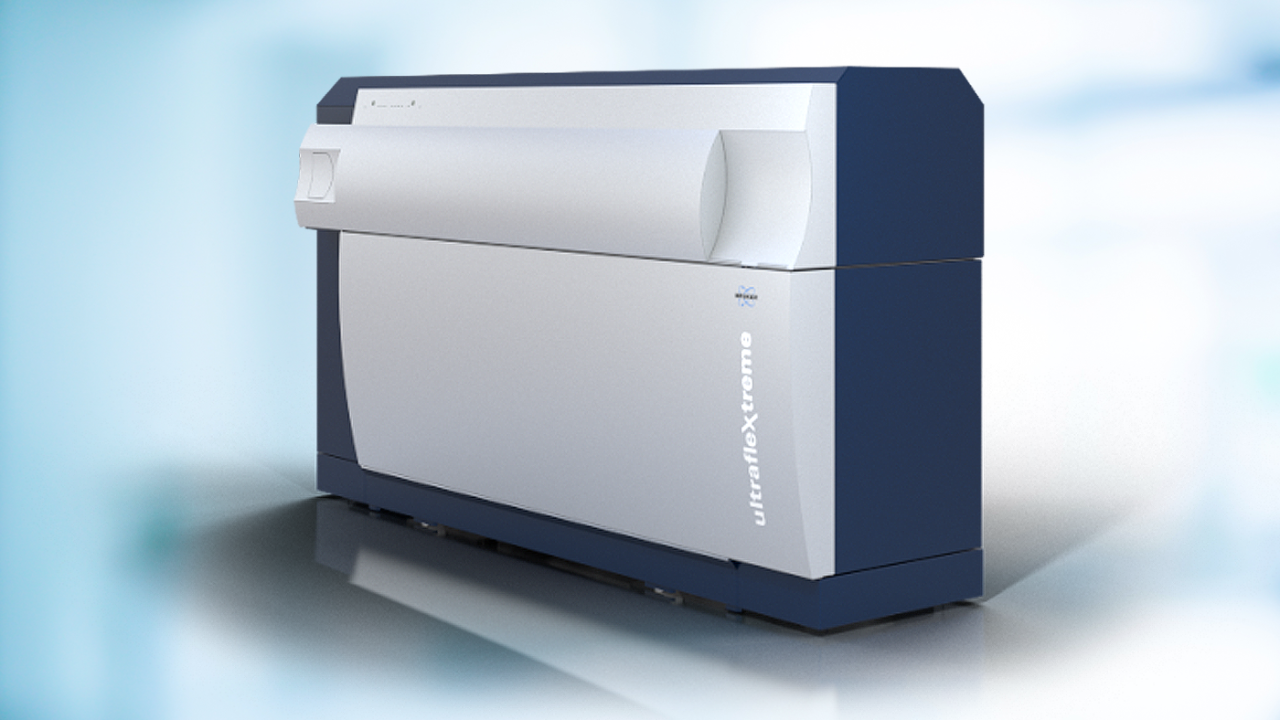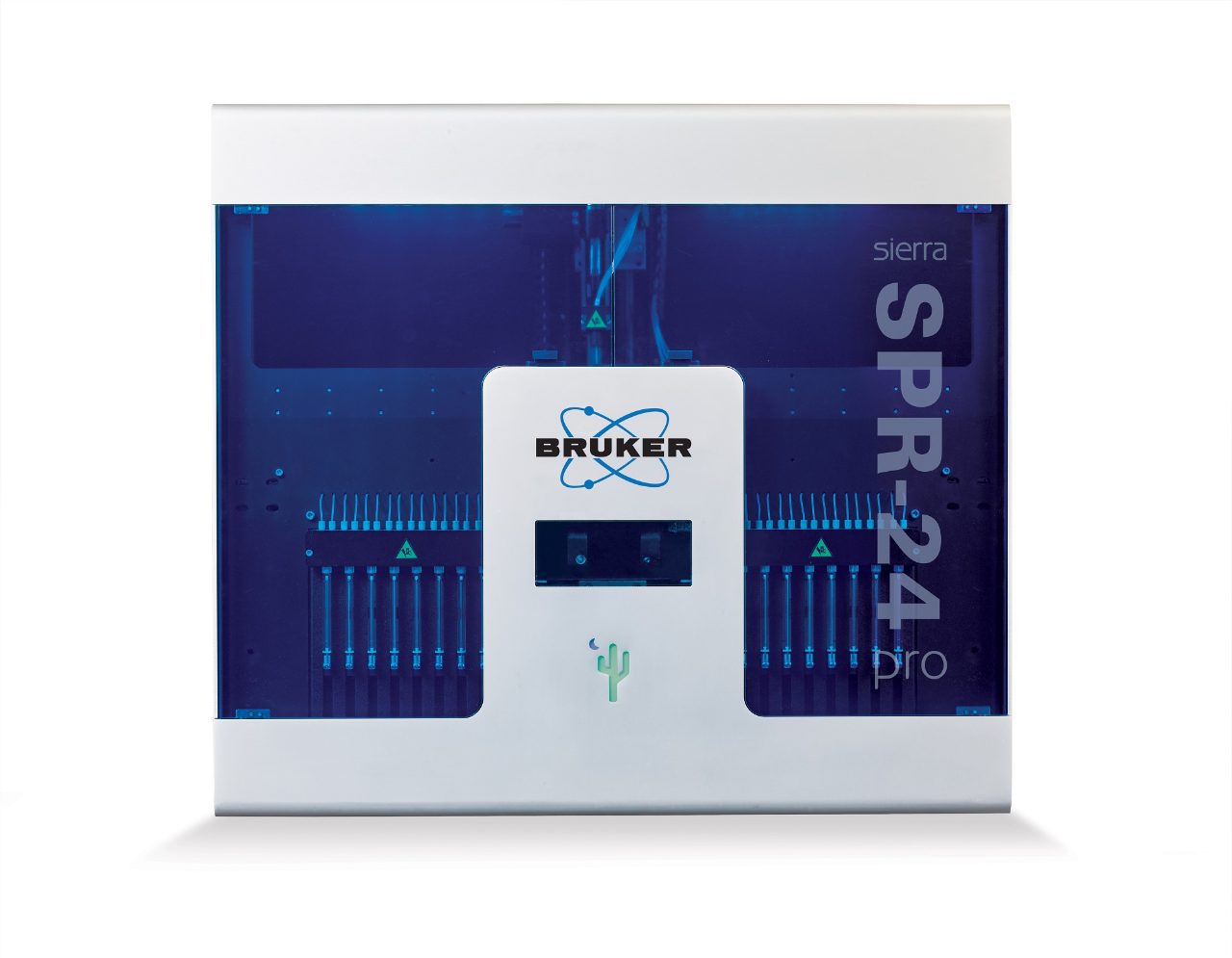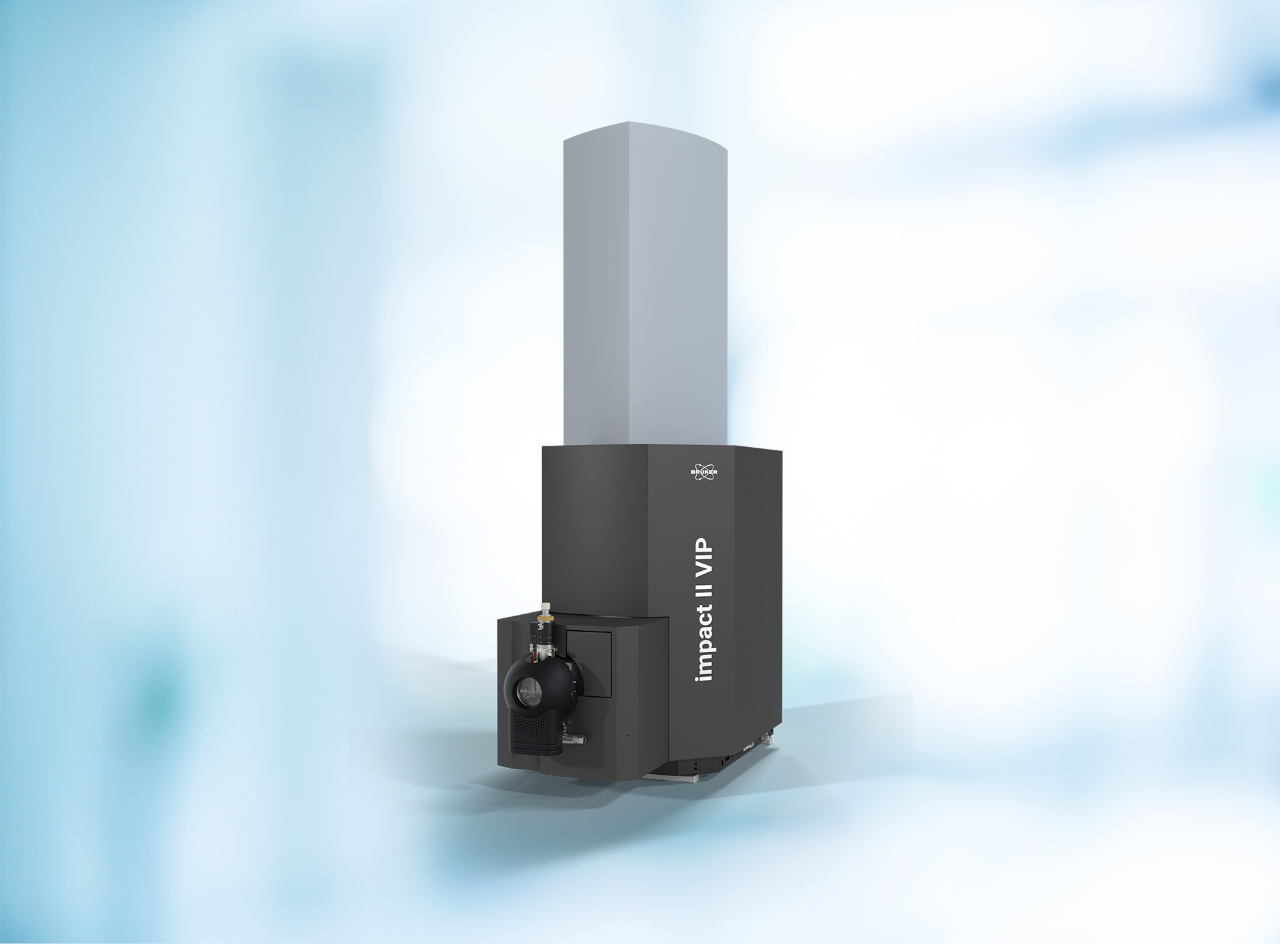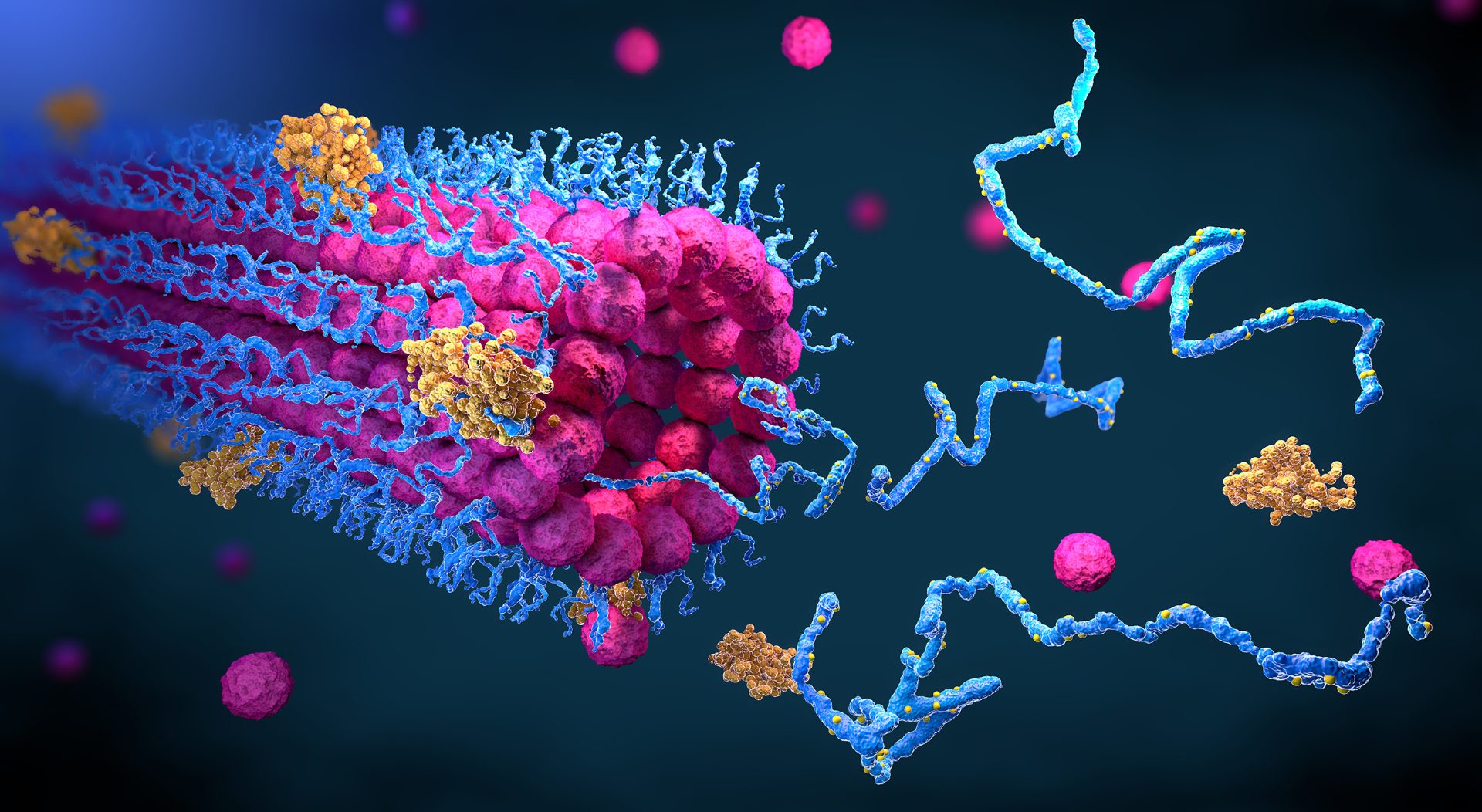

Target Discovery
In biopharmaceutical drug discovery labs, the entire workflow is target-based and all initial efforts are focused on identifying and understanding the disease-relevant target. However, target discovery goes beyond basic research of the disease relevance, it equally has to answer all questions regarding structural information and the interaction with other proteins in e.g. signaling cascades. Bruker’s portfolio of biophysical methods offers you a broad range of orthogonal methods to investigate the target of interest as extensively as possible. All this information enables a more rationally founded and drug discovery process in the subsequent development stages.
The pivotal first step is the assessment of the clinical relevance of a target, i.e. whether modulation of the target results in the clinically desired outcome. During this phase important in vivo studies using both transgenic and disease models are employed, often using tool compounds, to determine the potential of the target. Using Bruker’s preclinical imaging systems such as the BioSpec MRI and Skyscan CT can provide precise events during the disease that may be pertinent to the particular target of interest. Additional information and reduction of total number of animals is gained by longitudinal imaging evaluation of in vivo biomarker in the fully functioning organ/tissue over a period of time.
Proteomic characterization of disease states such as up- and/or downregulation can be unraveled with the timsTOF Pro-series. The high speed (up to 100 Hz) and sensitivity due to the PASEF (Parellel Accumulation Serial Fragmentation) method offers the deepest insight into the proteome with shotgun proteomics.
Target discovery goes beyond basic research of the disease relevance, it equally has to answer all questions regarding structural information and the interaction with other proteins in e.g. signaling cascades. Bruker’s portfolio of biophysical methods offers you a broad range of orthogonal methods to investigate the target of interest as extensively as possible.
X-ray diffraction is the gold standard methodology for structure determination to a high molecular weight of several hundred kDa. The technology offers deep insights into structure and binding behavior of a protein at best resolution. Since access to synchrotrons are often heavily limited, Bruker provides the D8 VENTURE offering state-of-the-art SC XRD-machines with automation capacity for in-house crystallographic structure determination or crystal screening.
Proteins in solution can be additionally structurally investigated by NMR. Smaller proteins, even proteins with highly flexible or intrinsically disordered are equally amenable for NMR-analysis with high and ultra-high field NMR. In addition, NMR allows to investigate the protein structure and dynamics in solution, often under physiological conditions, as well as understand binding of ligands including affinities. Next generation high-resolution solid-state NMR techniques (FAST MAS, DNP) eventually pioneer the path to structure determination of targets like membrane proteins in their solid state.
Cross-Linking Mass Spectrometry (XL-MS) and hydrogen deuterium exchange mass spectrometry (HDX-MS) offer complementary solutions to address these problems in structure elucidation of targets. The XL-MS technique provides excellent insight into inter- and intramolecular interactions within and between proteins by identifying amino acids that selectively react with certain side chains (most often lysine and the amino terminus), providing information about what parts of a protein are interacting with other parts or with other proteins. HDX-MS provides information about which parts of the protein are solvent accessible. HDX-MS can also be used to determine epitope/paratope, or ligand binding site using so-called “footprinting” experiments.
Surface Plasmon Resonance (SPR) adds pivotal information to the target discovery process (Link). The label-free and real-time analysis of an interaction between a biomolecular target and a potential binder (analyte) offers insight into the interaction beyond affinities. Kinetic rate constants allow to understand the temporal stability of a target-analyte complex. Simultaneously, SPR is able to analyze a specific interaction at variable conditions like different pH or co-factors. In addition, SPR can elucidate the binding mechanism of analytes to a protein (e.g. allosteric binding). This way SPR allows to understand the biological context of a target protein more precisely and in real-time. Offering an orthogonal approach to NMR, SPR is a commonly used technique for target validation with established binders or fragments.
